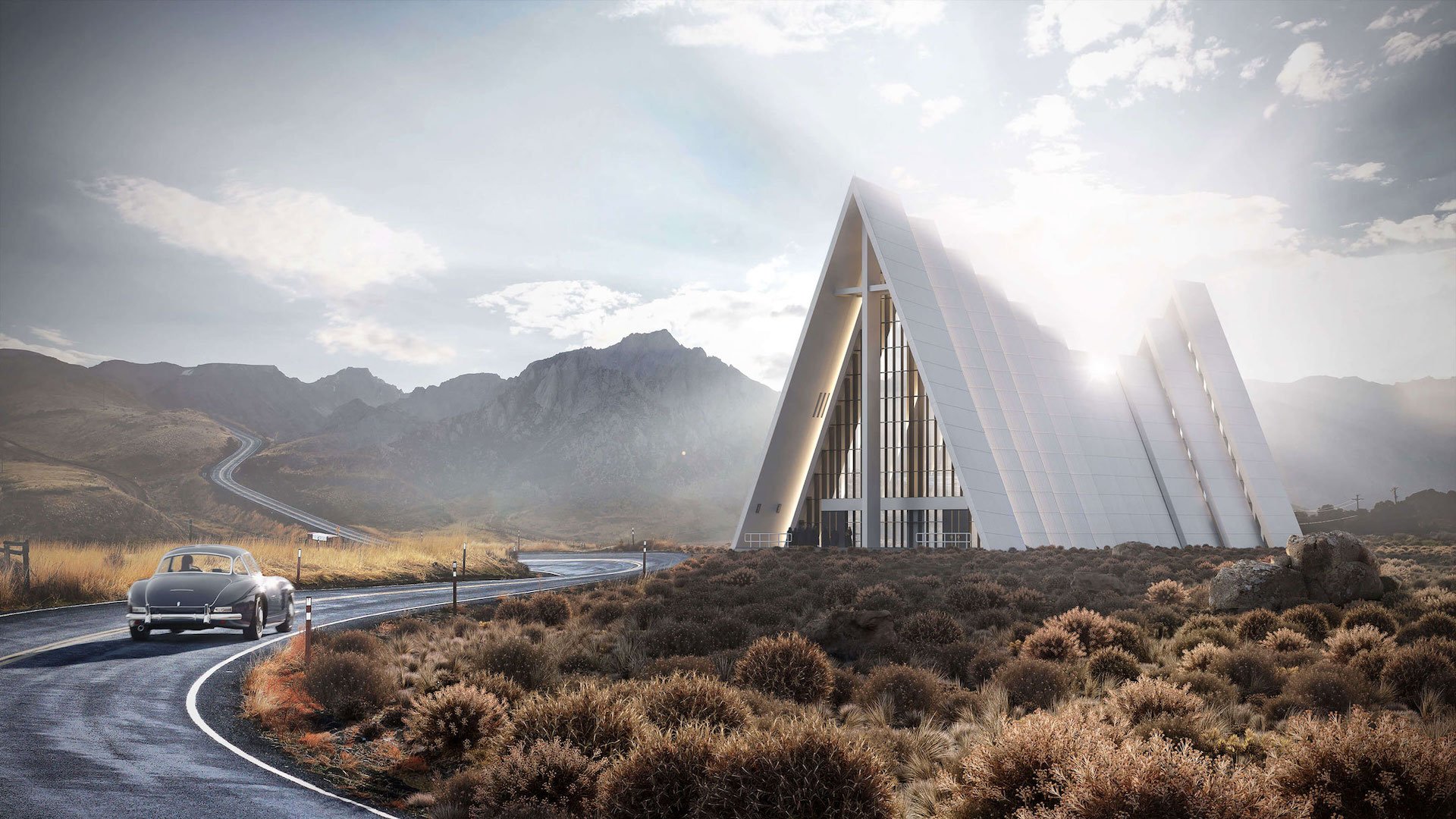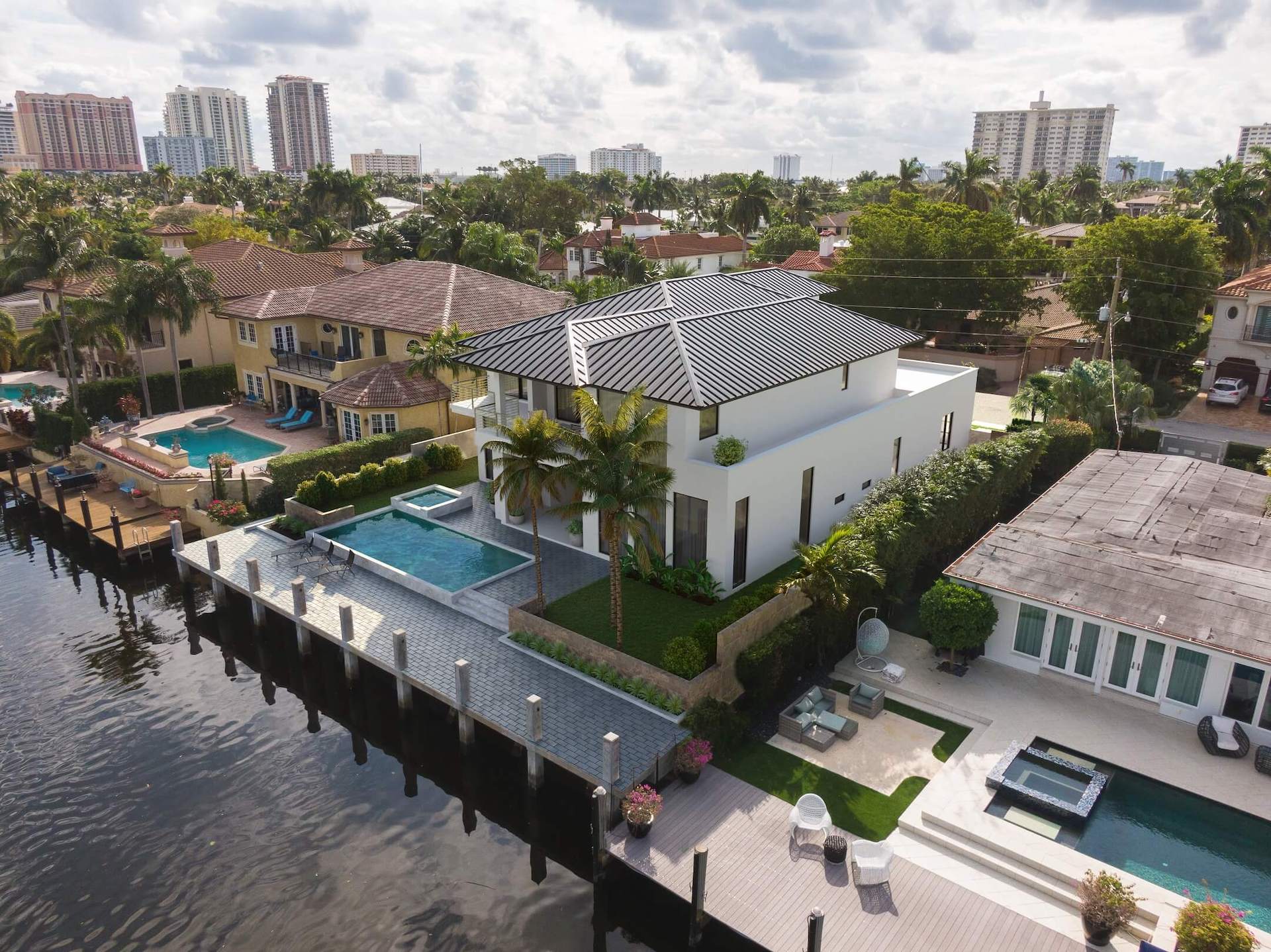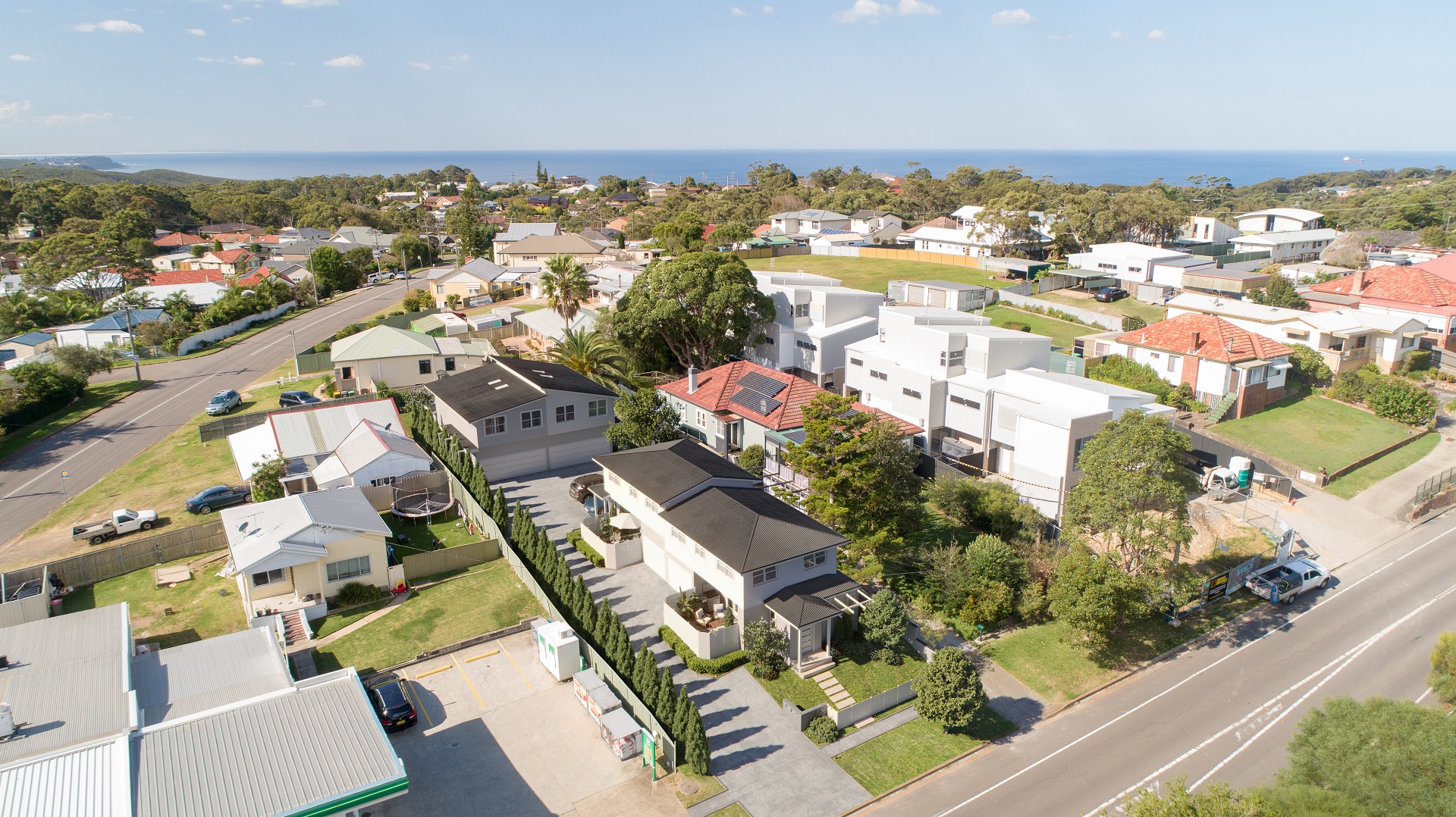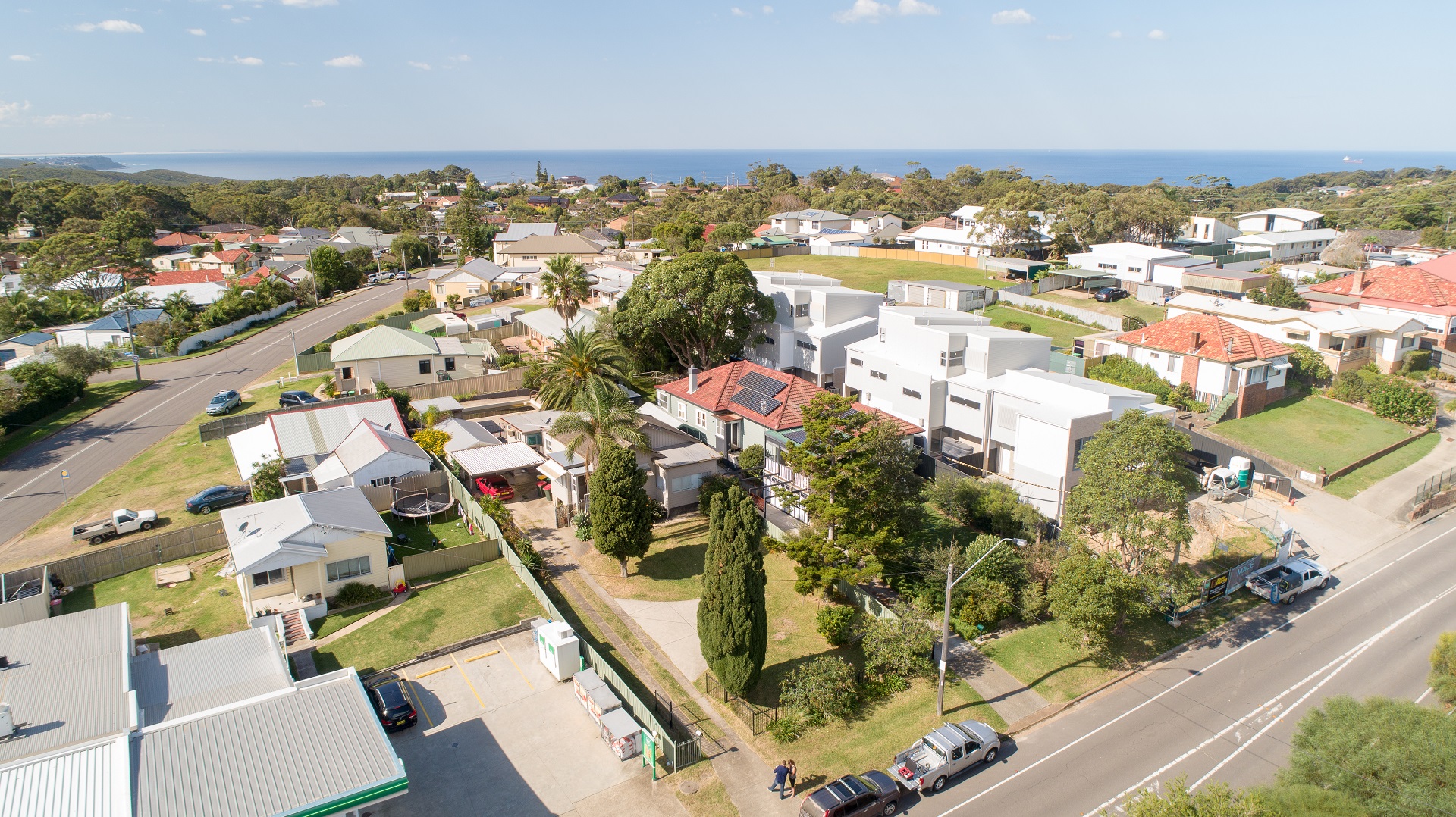CGI offers a variety of benefits to architects and designers. It allows them to accurately and photorealistically represent their designs before the construction even starts. But when there is a need for numerous architectural renderings, the expenses for CGI services might get quite high. One of the best ways to reduce the costs of 3D visuals is by using photo montage rendering (also called photo matching).
To make use of this technique, you will need to provide your 3D visualization studio with photos of the location where the construction is or will be taking place. Then, a 3D artist will create the 3D model of the future building and blend it right into the photograph of the environment with the help of Photoshop. But the question is – how to make appropriate photos for such a purpose?
As an architectural rendering company, we know exactly how to take pictures for photo montage 3D rendering to ensure the 3D artist will deliver outstanding visuals. Want to discover all the benefits of photo matching and learn to take photos for it? Keep on reading!
Benefits of Using Photo Montage Rendering

- Exceptional realism. All the final renders will depict the location of your project with absolute accuracy. The adjacent buildings, the greenery, and any other elements of the surrounding will be in place. This way, you will be able to show the future look of your project as realistically and convincingly as possible.
- Reduced costs. The usage of photo montage rendering saves both your time and money. That’s because a 3D artist doesn’t need to build the environment in 3Ds Max from scratch. Instead, all they have to do is to create a 3D model of the building and blend it into the photo. This is way easier and quicker than creating and setting the whole 3D scene.
Tips for Making a Perfect Shot for Exterior Photo Montage
- To ensure the result of photo matching showcases the selling points of your design, you should carefully choose an angle at which you will be shooting the environment. It’s essential to provide the most winning view of your future project. You can opt for an eye-level photo taken from the street or for an aerial drone image. The latter is especially useful since it allows you to showcase all the driveways, sidewalks, pools, terraces, and any other design elements near the building. Bird-eye view shots are also perfect for demonstrating the larger area around the future house.
- When making a photo, you should pick the time of the day you want to see in the final rendering. That’s because adjusting the lighting in renders made via photo montage would be unnecessarily complicated and time-consuming. So, if you want to showcase your design at a sunny golden hour or overcast midday, make sure to take pictures in the corresponding setting.
Want to learn how much your project costs? See how we evaluate 3D rendering projects
- Along with the time of the day, you should also mind the preferred season and weather conditions.
- Remember that in photo montage rendering, it won’t be possible to fix the line of the horizon and add the objects in the distant view. So, if you want any specific buildings, trees, or other items to be in the rendering – or out of it – you will need to choose a suitable camera angle.
- When taking a photo, remember that the objects in the part of the picture where the 3D model of the building is to be placed will not remain visible after the montage.
- The final quality of the montage rendering strongly depends on the initial quality of the photo. So if you want a detailed and high-definition 3D render, you should ensure your photos are made in high resolution and without noise, pixelation, or other defects.
Fine-tuning the Results

In the post-production, the artist will be able to slightly clean up the CG picture and cut out some unnecessary small items. These can be cars, trees, or people. Still, the artist won’t be able to make any dramatic changes to the image. In photo montage rendering, the final visual is a result of the shared diligence and creativity of a photographer and a 3D artist. So you should make sure the photo is as high-quality as possible.
Using photo montage rendering is a great way to get photorealistic visuals of an architectural project that is yet to be built. Combining a real photo of the environment with a computer-generated 3D model of the building will ensure the resulting image looks strikingly realistic. In addition, you can get it rather quickly and for the most reasonable price.
Looking for 3D exterior rendering services to visualize your next project? Contact us at ArchiCGI to get breathtaking CG images in the shortest time possible!

Chris Kostanets
Senior Project Manager, Mentor
Chris manages the work of 2 CGI teams and teaches Middle PMs. She loves Scottish landscapes, Ancient Greek culture, and Plein-air painting. At home, Chris is a caring parent for 3 cute chickens and a magnificent rooster.



